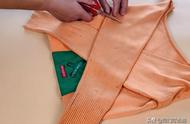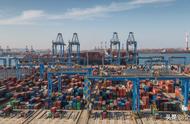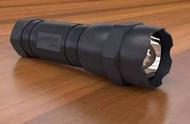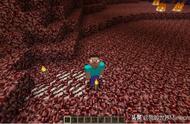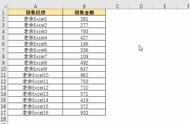
仓储管理就是对仓库及仓库内的物资所进行的管理,是仓储机构为了充分利用所具有的仓储资源提供高效的仓储服务所进行的计划、组织、控制和协调过程。由图可知仓储管理的出入库流程及要求。
Warehouse management is the management of warehouses and materials in the warehouse, and is the planning, organization, control and coordination process of warehousing institutions in order to make full use of the warehousing resources they have to provide efficient warehousing services.
From the figure, we can see the inbound and outbound process and requirements of warehouse management.

模型描述:根据中小型物流企业分拣产品的特点,画出该物流企业的仓储作业流程图。该模型模拟某小型物流企业的货物分拣流程。假设该物流企业主要配送五种产品(以箱为单位),其配送的产品类型记为A、B、C、D、E。
所有产品都通过分拣传送带分拣,然后输送到各自指定的传送带上,最后通过叉车将产品搬运至各自货架,从而实现产品的分拣和存放。
Model description: According to the characteristics of the sorting products of small and medium-sized logistics enterprises, draw a flow chart of the warehousing operation of the logistics enterprise. The model simulates the sorting process of goods in a small logistics enterprise.
Suppose that the logistics company mainly distributes five products (in boxes), and the types of products it distributes are recorded as A, B, C, D, and E.
All products are sorted by sorting conveyor belt, then transported to their respective designated conveyor belts, and finally transported to their respective shelves by forklift, thus realizing the sorting and storage of products.

模型流程:在本次模型的运行过程中,发生器总共产生五种临时实体,服从整数均匀分布,类型值分别为1、2、3、4,5,颜色分别为红色、蓝色、绿色、黄色,橙色,这些产品首先都会进入暂存区。
最终,这五种临时实体将被分别放置到五个货架相应上,每个货架都分为10列、10层;每个临时实体被放置到货架上的位置是随机的,每个临时实体被放置到货架上的列数和层数都服从整数均匀分布。
Model flow: During the operation of this model, the generator produces a total of five temporary entities, which are evenly distributed according to integers, the type values are 1, 2, 3, 4, 5, and the colors are red, blue, green, yellow, and orange, and these products will first enter the staging area.
Eventually, these five temporary entities will be placed on the corresponding five shelves, each shelf is divided into 10 columns, 10 layers;
the position of each temporary entity placed on the shelf is random, and the number of columns and layers of each temporary entity placed on the shelf is uniformly distributed according to the integer.
各个实体的作用:
发生器——定义产品的类型和颜色,决定进入分拣系统的产品;
暂存区——进行货物的暂存;
分拣传送带——根据客户或订单要求进行货物的分类和分拣;
一般传送带——对分拣完的货物进行传送,然后由叉车运送到各自货架中;
叉车——水平搬运及货物装卸;
货架——存放经分拣完毕的货物。
模型建立:本次模拟的仿真模型中有如下实体:一个发生器,两个暂存区,一个任务分配器,两个操作员,五个处理器,一条分拣传送带,九条传送带,五个货架,两辆叉车,五个货架。
The role of each entity:
Generator – defines the type and color of the product and determines the product to enter the sorting system;
Temporary storage area - the temporary storage of goods;
Sorting conveyor belts – sorting and sorting of goods according to customer or order requirements;
General conveyor belt - the sorted goods are transported and then transported by forklift to their respective shelves;
Forklifts - horizontal handling and loading and unloading of goods;
Shelf – Stores goods that have been sorted.
Model building: The simulation model of this simulation has the following entities:
one generator, two staging areas, one task distributor, two operators, five processors, one sorting conveyor belt, nine conveyor belts, five shelves, two forklifts, and five shelves.
素材来源:百度、知乎
翻译来源:谷歌翻译
,


